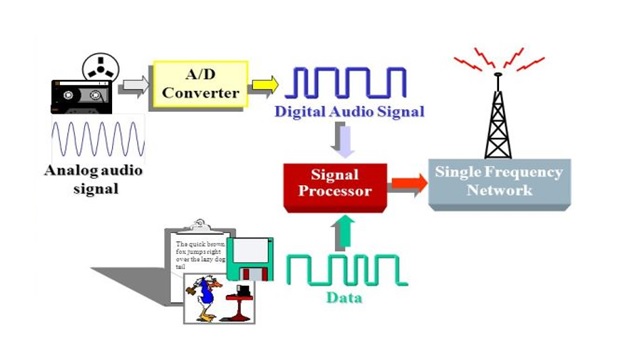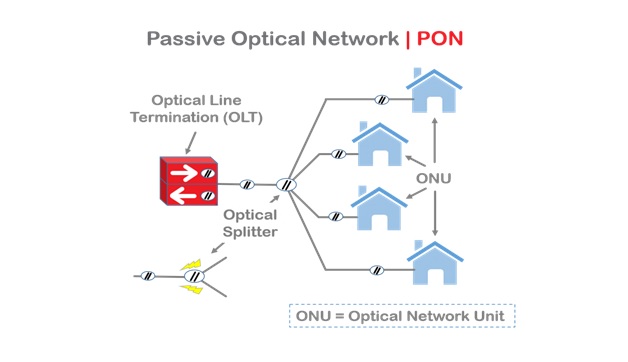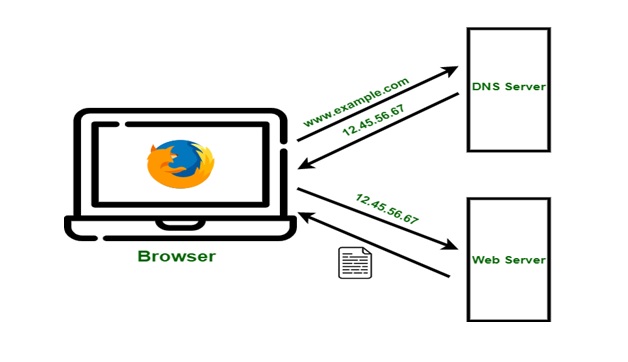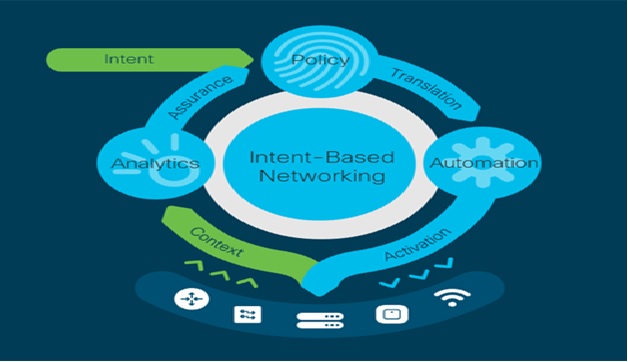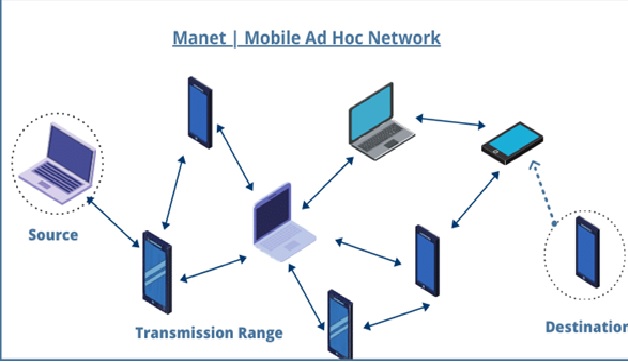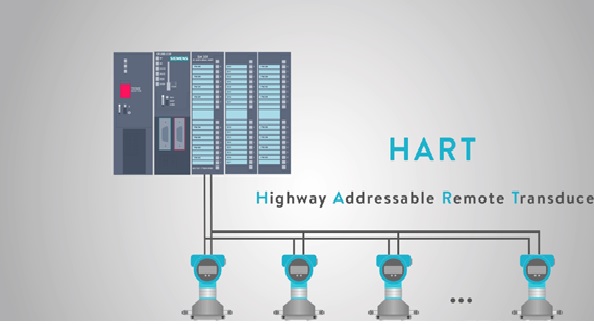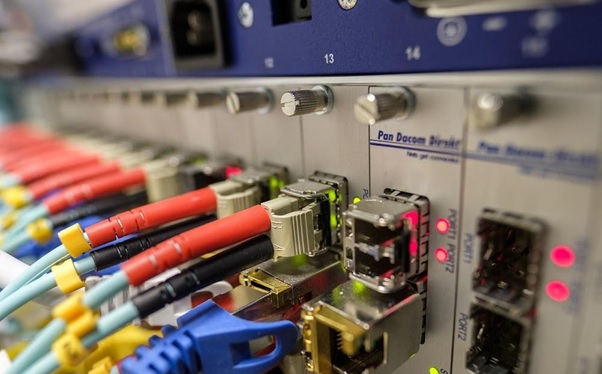Differences Between Wi-Fi 6 & Wi-Fi 7
Wi-Fi 6 is faster Internet, up to 9.6 Gbps (consider it that Wi-Fi 5 is 3.5 Gbps). However, Wi-Fi 6 not only addresses speed, but it helps manage multiple devices connected to a network. This is critical because so many of us are working from home, streaming movies and TV, and posting updates to social media on our hand-held devices. Plus, our furnaces, refrigerators, microwaves, and stoves are also connected to the Internet. As such, there is a need for something to handle all that increased demand.
Wi-Fi 7 is 802.11be, the latest standard. While this functionality is still a bit further out, it has some increased capabilities over Wi-Fi 6. It can send data on several frequencies simultaneously, use two bands (or even three) at once, and it further increases the information it can send over the network. [1]
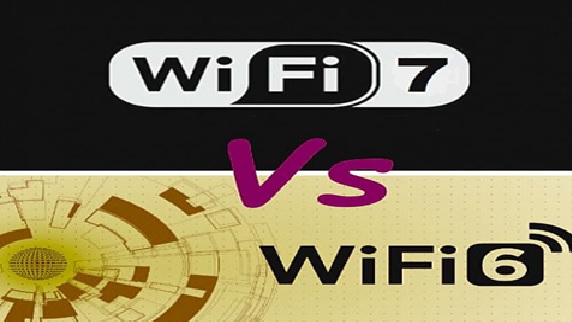
Figure 1. Differences between Wi-Fi 6 & Wi-Fi 7
Figure 1 shows WiFi 7 is faster and more efficient than WiFi 6 or IEEE 802.11ax. According to MediaTek, WiFi 7 is capable of delivering two times faster speed than WiFi 6.
“Wi-Fi 7 will deliver 2.4X faster speeds than Wi-Fi 6 – even with the same number of antennas – since Wi-Fi 7 can utilize 320Mhz channels and support 4K quadrature amplitude modulation (QAM) technology,” MediaTek said last month.
While WiFi 6 offers a maximum transmission speed of 9.6GHz, WiFi 7 takes it up to 30GHz. In addition to that while WiFi 7 uses 2.4GHz, 5GHz and 6GHz frequency bands, WiFi 6 uses only 2.4GHz and 5GHz frequency bands. Both these standards offer WPA3 security protocols.
WiFi 6 vs WiFi 7 – What Improvements Does The Future Holds
Now let’s talk about Wi-Fi 7. At present, the most likely to become Wi-Fi 7 is the IEEE 802.11 be standard under development. Compared with Wi-Fi 6 (802.11ax), Wi-Fi 7 is expected to have the following improvements:
First of all, Wi-Fi 7 supports more data streams and introduces CMU-MIMO. Wi-Fi 6 supports up to 8 data streams, and the introduction of MU-MIMO is a major upgrade, allowing multiple devices to use multiple data streams to communicate with the access point. Wi-Fi 7 will double this number, the device can support 16 data streams. Supporting more data streams will also bring more powerful features CMU-MIMO. Among them, C stands for Coordinated, meaning that 16 data streams may not be provided by one access point, but by multiple access points. [3]
References:
- https://study.com/academy/lesson/future-trends-in-networking.html
- https://www.bgr.in/features/what-is-all-the-hype-around-wifi-7-1237570/
- https://www.thephonetalks.com/wifi-6-vs-wifi-7-speed-specs-frequency-comparison/
Cite this article:
Thanusri swetha J (2022), Differences Between Wi-Fi 6 & Wi-Fi 7, AnaTechMaz, pp. 57




